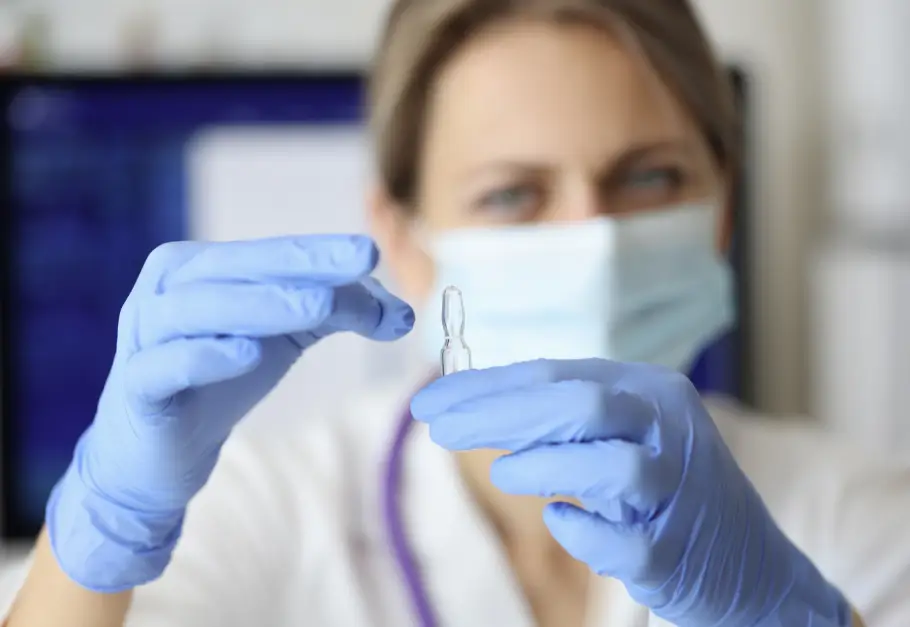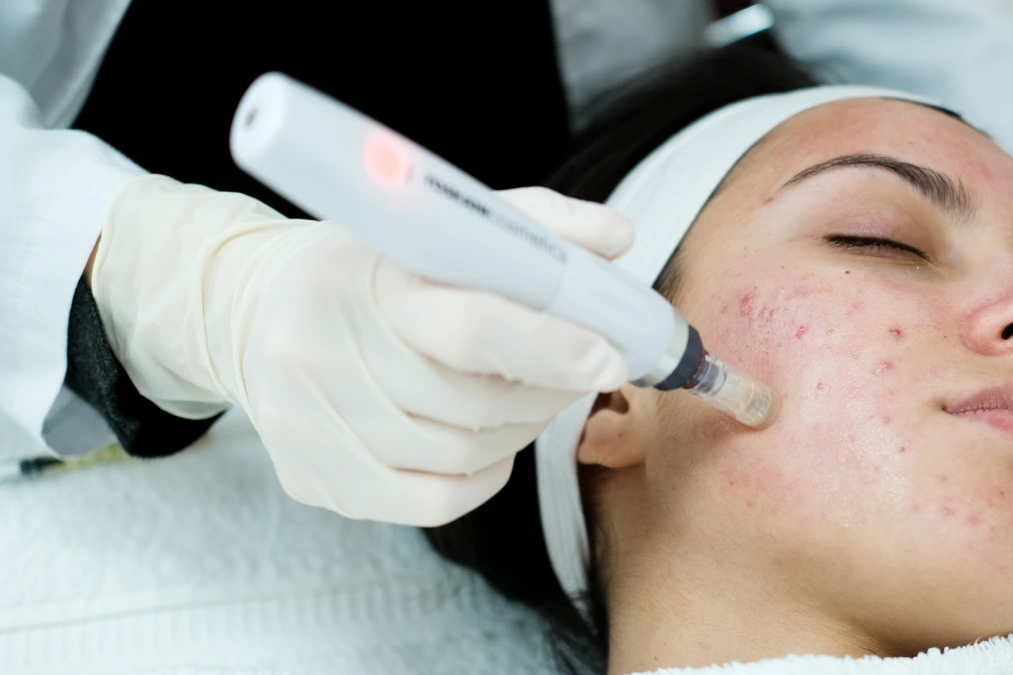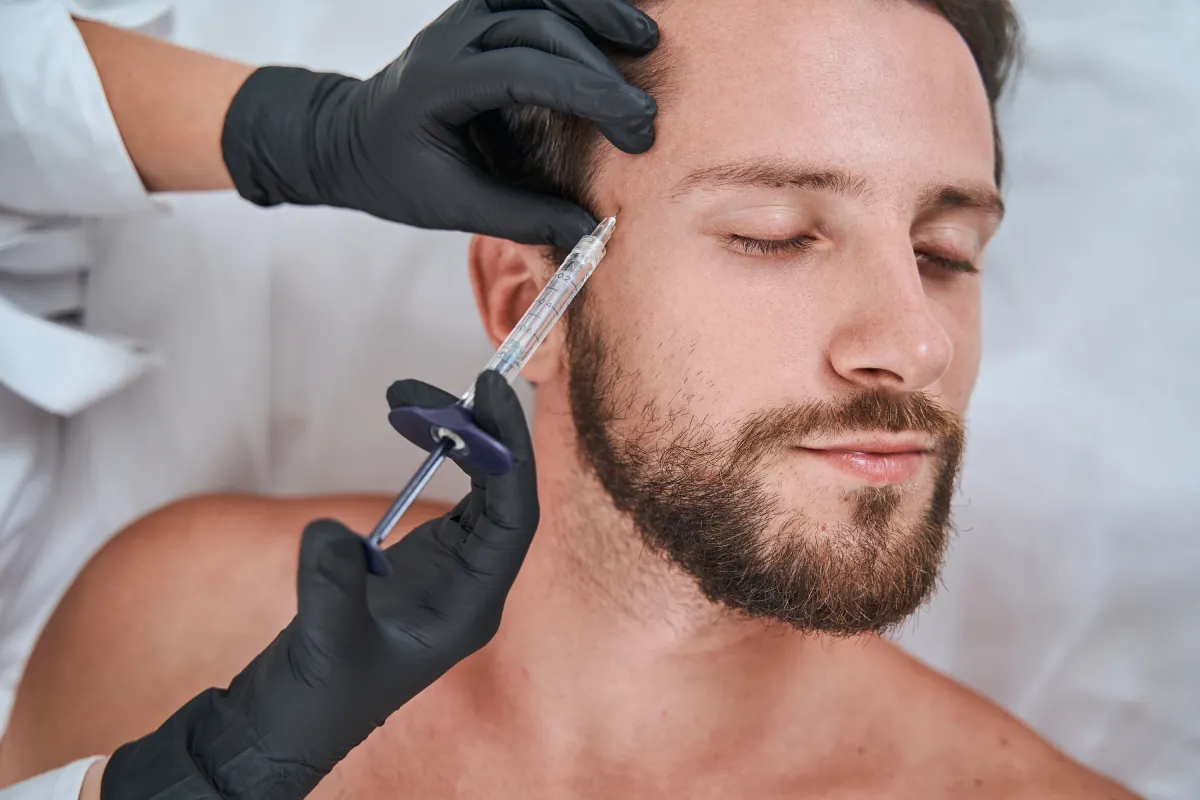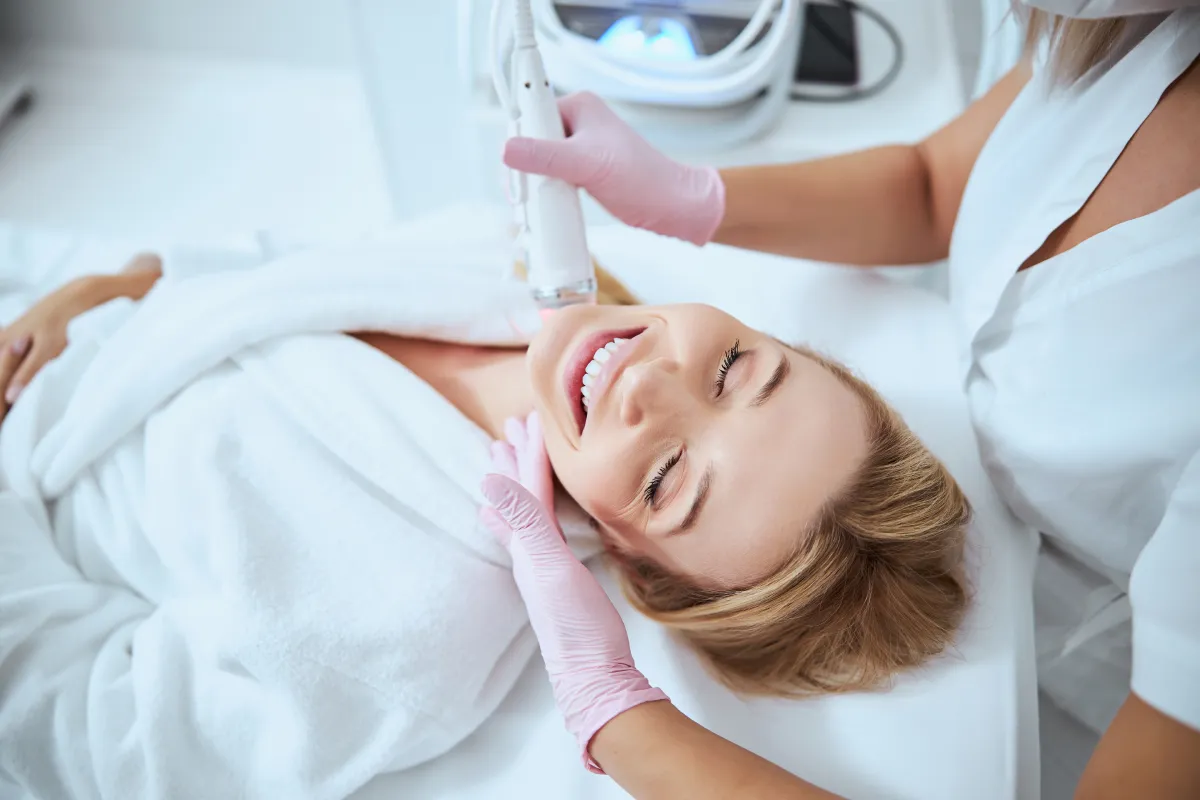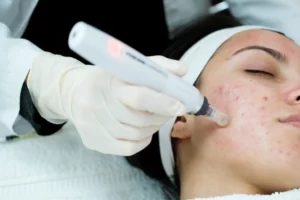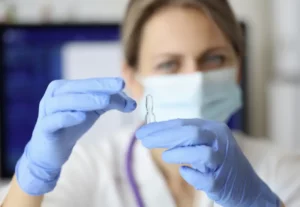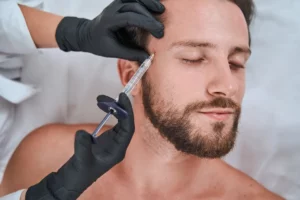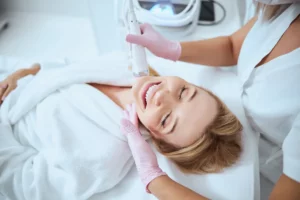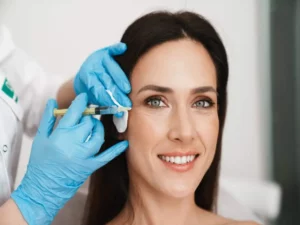Intradermal injections have become a valuable tool in medical and aesthetic treatments. By focusing on the dermal layer of the skin, these injections can deliver various substances more effectively than other methods. One of the most intriguing uses of intradermal injections involves Natural Growth Factor (NGF) treatments. These treatments leverage the body’s growth factors to promote healing and rejuvenation. Knowing how intradermal injections for skin and joints are used, and the science behind them provides insight into why they are favored for specific therapies. This knowledge can help you appreciate the benefits and potential applications of NGF injections, whether for medical purposes or enhancing skin appearance.
What are Intradermal Injections
Intradermal injections are a specialized technique used in aesthetic treatments to deliver substances directly into the dermal layer of the skin. This approach differs from other injection methods, such as subcutaneous and intramuscular injections, which penetrate deeper into the body. Intradermal injections allow precise delivery of treatments by targeting the dermal layer, enhancing their effectiveness, and ensuring localized action.
In aesthetics, intradermal injections are commonly employed to administer treatments to rejuvenate the skin, reduce fine lines, and improve overall skin texture. The technique requires high precision to ensure the substance is evenly distributed within the dermal layer. This careful administration maximizes the therapeutic benefits while minimizing discomfort and potential side effects.
The Science Behind Intradermal Injections
The skin comprises three primary layers: the epidermis, the dermis, and the subcutaneous tissue. Intradermal injections specifically target the dermal layer, which contains a rich network of blood vessels, nerves, and structural cells such as collagen and elastin.
When injected into the dermis, a substance can interact more directly with these structures, enhancing therapeutic effects. For example, in aesthetic treatments, substances like hyaluronic acid or Natural Growth Factors (NGFs) can stimulate collagen production and improve skin elasticity. The dermal layer’s high vascularity allows for efficient absorption and distribution of the injected material, ensuring the treatment effectively reaches its intended site of action.
The precise nature of intradermal injections also minimizes the risk of systemic side effects, as the substance remains localized within the dermis rather than spreading throughout the body. This localized action is particularly beneficial in aesthetic treatments where targeted improvements are desired. Additionally, the dermal layer’s role in the immune response can enhance the effects of specific therapies, promoting skin health and regeneration.
Natural Growth Factor (NGF) Injections
Natural Growth Factor (NGF) injections utilize the body’s growth factors to facilitate skin rejuvenation and healing. These growth factors are cells that regulate cell growth, proliferation, and differentiation. In aesthetic treatments, NGFs enhance the skin’s natural regenerative processes, improving texture, elasticity, and overall appearance.
One common source of NGFs used in these injections is platelet-rich plasma (PRP), derived from the patient’s blood. The process involves drawing a small amount of blood, which is then processed to concentrate the platelets. These platelets possess high levels of growth factors that encourage more collagen production and tissue regeneration when reintroduced into the skin through intradermal injections.
NGF injections are particularly effective for treating areas that show signs of aging, such as the face, neck, and hands. They offer a natural and minimally invasive option for those looking to enhance their skin’s appearance without resorting to more invasive procedures.
Procedure for Intradermal NGF Injections
Before the treatment begins, a specialist consults to assess the patient’s skin condition and specify the most appropriate areas for NGF injections. During this consultation, the patient’s medical history is checked to ensure they are a suitable candidate for the procedure.
It starts with extracting a small amount of the patient’s blood, usually from the arm. This blood is then seated in a centrifuge, which spins at high speeds to separate the platelet-rich plasma (PRP) from other blood components. This PRP, rich in natural growth factors, will be used for the injections.
A topical numbing cream is spread to the treatment area to guarantee a hassle-free experience. Once the area is numb, the specialist uses a fine needle to inject the PRP directly into the dermal layer of the skin. The injections are performed precisely and controlled for even distribution.
Patients typically feel minimal discomfort during the injections. The sensation is often described as a slight pinching or pressure, which is well-tolerated by most individuals. The numbing cream helps to minimize any potential pain, making the experience relatively comfortable.
Post-Treatment Care and Results
After the injections, the treated area might appear slightly red or swollen, similar to mild sunburn. These effects are temporary and usually subside within a few hours to a couple of days. Patients are advised to avoid direct sun exposure and strenuous activities for a short time following treatment.
The benefits of NGF injections become more apparent over the following weeks as the growth factors stimulate collagen production and cellular regeneration. Intradermal injections can improve skin texture, tone, and overall radiance. Depending on the desired outcome and the specific treatment plan, multiple sessions may be recommended for optimal results.
Who’s A Good Candidate?
Ideal candidates are in overall good health, have realistic expectations, and prefer natural, minimally invasive treatments. However, those with certain medical conditions, such as autoimmune diseases, blood disorders, or active skin infections, should exercise caution and consult with a specialist to determine if NGF injections are suitable for them. Additionally, individuals with a history of severe allergies or hypersensitivity to any components used in the preparation of PRP may need to explore alternative treatments. Pregnant or breastfeeding women should also seek medical advice before undergoing NGF injections. A thorough evaluation by a qualified professional ensures that the treatment is safe and appropriate, tailored to the individual’s specific health profile and aesthetic goals.
Takeaway
Ready to rejuvenate your skin and achieve a youthful glow? Experience the transformative power of intradermal NGF injections at The Plump Room. Stephany Diaz is here to help you enhance your natural beauty with safe and effective treatments tailored to your needs. Book your consultation today and discover how our personalized approach can make a difference. Don’t wait—embrace a revitalized, radiant you with The Plump Room. Contact us now for your assessment.
